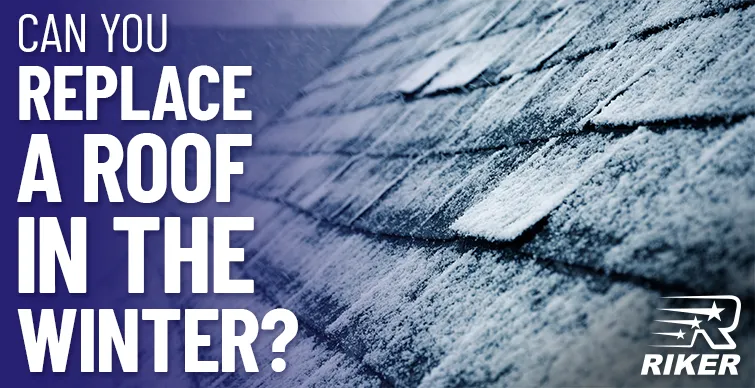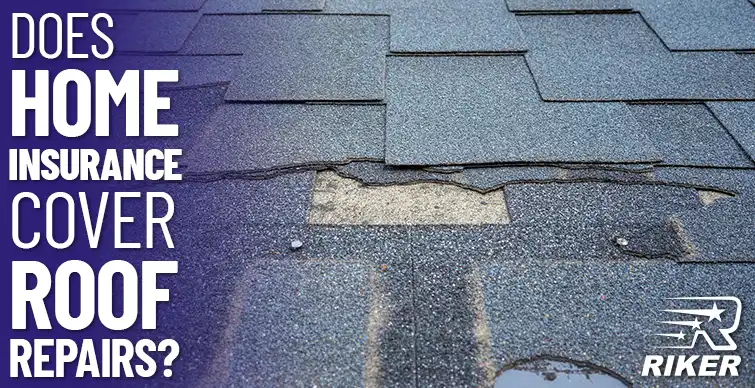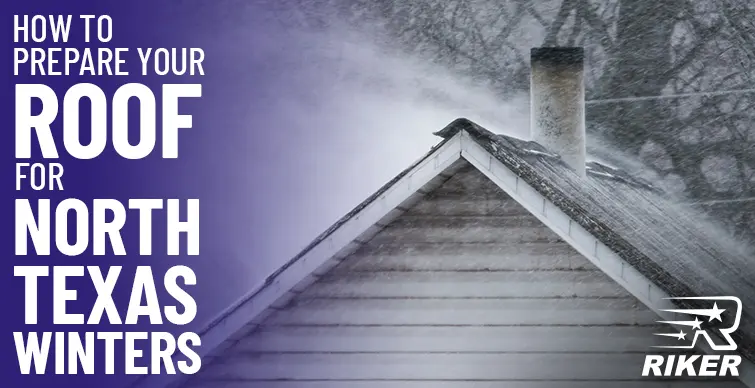Your home’s roof is more than an overhead shelter. It protects your household from environmental conditions, like rain, harsh sunlight, wind, hail, sleet or snow. It also plays a role in ventilation and indoor temperature regulation. Experts recommend regular maintenance sessions to ensure that your roof remains in excellent condition. But how often should you schedule roof inspections? Inspection guidelines can help you give your roof the professional care it needs.
What Is A Roof Inspection?
A roof inspection is a thorough evaluation of all roofing components of your home. Roofing professionals conduct this investigation to determine the strength and functionality of your roof. The evaluation helps determine whether your roof can continue to withstand environmental elements, and it also identifies the need for any repairs.
How Often Should I Get a Roof Inspection?
According to the National Roofing Contractors Association (NRCA), homeowners should get a roofing inspection at least twice yearly. Experts recommend scheduling inspections for the spring and fall. The weather is more agreeable during these seasons, and roofing companies tend to have more flexible openings than in the summer. Early inspections also give roofers enough time to take corrective action and make any repairs so that your roof can better withstand the hottest or coldest days of the year. Other times to inspect the roof include the period following storms, rooftop age milestones or during roofing appraisals or certifications.
Storms and Severe Weather Events
It is important to schedule an inspection following storms or more severe weather events, such as hurricanes, tornadoes or blizzards. A roofer can check for changes, like bowed areas of your roof or missing pieces that have landed in the yard or gutters. If you plan to file a storm damage claim, the insurer will likely require proof of any damage with a professional inspection. Otherwise, the insurance company often reserves the right to challenge the validity of a claim.
Aging of Roofing Materials
You will also need to schedule an inspection if your roof has begun to reach age milestones. Different roofing materials have different lifespans. For example, three-tab asphalt shingles have an estimated life expectancy of 10–15 years, wood shingles have an approximate lifespan of 25-30 years, and clay shingles have a lifespan of over 50 years. Regardless of the material, experts recommend an evaluation if your home has had the same roof for decades. A professional roofer can help you determine for sure whether it is the right time for replacement or repair.
Buying or Selling a Home
Roofers also conduct inspections to certify a roof. When you are in the process of buying a home, it is important to obtain a written appraisal to confirm that the condition of the roof matches the house’s pricing. If you are putting the house up for sale, a written appraisal is also an excellent selling point for potential Realtors and buyers.
What Are Signs I Need a Roof Inspection?
Experts recommend scheduling biannual roof inspections as part of your normal home maintenance plans. However, there are also warning signs for when you may need help from the experts. Common signs that your roof is due for an inspection can include visibly worn shingles, drainage problems or vegetation growth.
Visibly Worn Shingles
Shingles are among the top indicators that you need a roofing evaluation. If your roof has experienced damage, you may notice that the shingles have begun to chip, crack, buckle, tilt or curl. If the shingles break off completely, you may even notice light seeping through the attic ceiling. Damaged shingles can also fade in color and lose their top layer of granules. If your roof has lost its aesthetic beauty or you have noticed an accumulation of granules in your gutters, a professional can assess and diagnose the issue. The roofer can help you determine whether it is practical to replace individual shingles or if it makes more sense to replace the whole roof itself instead.
Poor Damage
When it rains outside, water should flow down the roof and into the connected gutters. Unfortunately, obstructions like fallen tree branches or debris block your gutters and impede this natural process. If the water sits on your roof long enough, it can also damage your shingles or cause mold growth and leaks. A leaky growth can cause ceiling water stains and result in structural damage to your home. During an inspection, a roofer can check for cracks or leaks and make quick repairs as needed. The roofer can also help ensure that the gutters or downspouts are free of dirt, granules or stagnant water.
Vegetation Growth
Homeowners should schedule inspections to prevent flora buildup on the roof or within gutters. Without intervention, plant life, like moss or algae, can spread and eventually deteriorate the underlying roofing structure. Depending on the season, gutters can also overflow with seeds, twigs and debris that can result in greenery growth. Attempting to remove the vegetation with abrasive chemicals can worsen the problem or cause expensive property damage. Professionals have the tools to safely remove biological growth and protect your roof from rot or decay.
What Does a Roof Inspection Include?
A roofing inspection examines every element of your roof. This can include an evaluation of the state of your roof interior, materials and support structure.
Interior Inspection
Not every source of roof damage is visible on the outside of your home. For this reason, an expert may inspect the corresponding ceiling or interior. This evaluation may include a review of your attic or upper-level walls. Signs of interior roof problems include patches or holes in the ceiling, mold or mildew growth, water stains or rotten wood. An infestation of rodents or pests can cause extensive roof damage. Once experts have located the source of roof problems, the inspector can devise a complete plan for repairs to mitigate the risk of further damage.
Material Inspection
An inspector needs to examine the condition of your roof materials. For example, the roofer may evaluate the state of the soffit material that covers your roof’s overhang. In addition to material, like soffit and fascia, the roofer will also examine the roof’s flashing material. In construction terms, flashing refers to the panels of metal, plastic or other sturdy material that help redirect moisture away from the joints of your rooftop. Since local building codes are quite strict regarding flashing, you should never attempt to repair this material yourself. The roofer can confirm whether your flashing complies with municipal codes and can make repairs if you need them.
Structural Inspection
Structural inspections evaluate the major components that keep your roof intact. The primary goal of this inspection is to recognize critical problems, like sagging areas in the roof. By catching these problems early, you can reduce the likelihood of disasters, like total roof collapse. In addition to issues, like sagging, a roofer may use a structural inspection to check for deteriorated rafters or trusses, sinking chimneys or tilting exterior walls.
Contact Us Today
Roofing inspections help ensure the utility and structural integrity of your roof. Instead of attempting to tackle the roof on your own, it is important to allow qualified inspectors to use their training, equipment and expertise to make sure your roof is both safe and sturdy. Riker offers roof inspections for homes in Plano, TX, and surrounding areas. We can repair roof problems that result from storm damage or years of wear and tear.
If you have owned the roof for decades or the dysfunction is beyond repair, our experts can upgrade your property with a full roof replacement. Increase your curb appeal and potential resale value with a brand-new rooftop. In addition to troubleshooting all roof issues, our services also include gutter cleaning and garage door installation or repair. Contact Riker today for all home services needs.


